In the past, plants only grew according to the seasons, but nowadays plants can change the growth cycle under LED lighting. Why is this? Research light starts from the spectrum, and you want to know the LED to change the growth of plants. You must first know the spectrum of LED plant lights. What is it.
The basis of light research is spectrum. The application quality of light requires spectral analysis. The spectrum of LED plant lights is especially important. The manufacturer's ability to design the spectrum of plant lights determines its competitive position. The LED plant light spectrum needs to be specially designed according to the planting process. To imitation.
Plant factories are cross-border products. Plant factory technology is divided into planting equipment technology and planting technology. Plant lamp spectrum technology is an important link between planting equipment and planting technology. It is necessary to make clear that the planting process determines the spectral design and the plant lamp. Designed and manufactured to ensure optimal light quality for the planting process, these characteristics of plant lamps determine the complexity and diversity of plant spectral design.
Non-visual application of spectroscopy
Spectral applications are divided into visual applications and non-visual applications. Lighting is a visual application. Plant illumination is a non-visual application. Visual applications and non-visual applications have different physical dimensions. However, many plant lights are still used in lighting units. Labeling parameters, which can lead to cluttered parameter annotations, may come from the reference to "plant lighting."
The spectral study of plant photosynthesis is based on the distribution of optical radiation power or photon of the wavelength domain (spectral mass), which is achieved by spectral data and spectrograms.
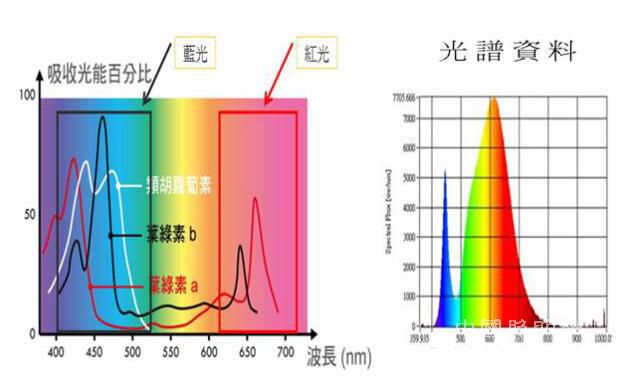
Solar spectrum
Planting requires studying the solar spectrum. The solar spectrum tested on the ground belongs to the absorption spectrum. The standard solar spectrum is shown in Figure AM1.5G (G173-03). Due to the geographical location and season, the amount of spectral radiation measured on the ground will be There are differences, but the spectrum is the same.
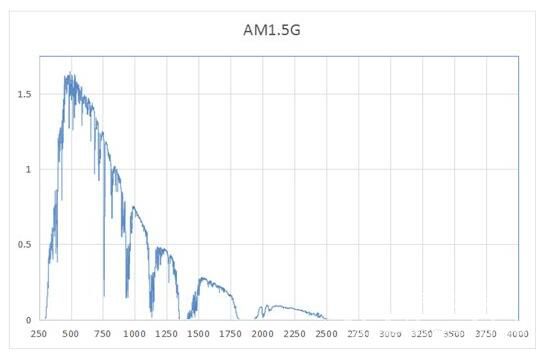
The photosynthesis of plants, the general theory is to study the wavelength range of 400nm-700nm, the wavelength is limited to this range of AM1.5G (below) can be seen, the spectral shape is close to rectangular.
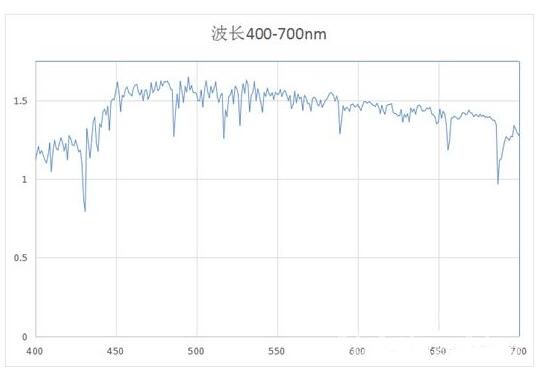
In order to provide a spectral design reference for an artificial light source, we give an AM 1.5G map with a wavelength in the range of 350-850 nm for reference.
The solar spectrum has an important reference for the spectral design of plant lights, but it does not have dependence. Trying to imitate the spectrum of sunlight to plant lights is a futile and inefficient approach.
The red, green and blue radiation ratios of AM1.5G in the wavelength range of 400-700 nm are: red light accounts for 32.62%, green light accounts for 35.38%, and blue light accounts for 32.69%.
Analysis of the sunlight in a given area is important for planting in the area and should be measured locally by professional instruments so that it can be accurately analyzed.
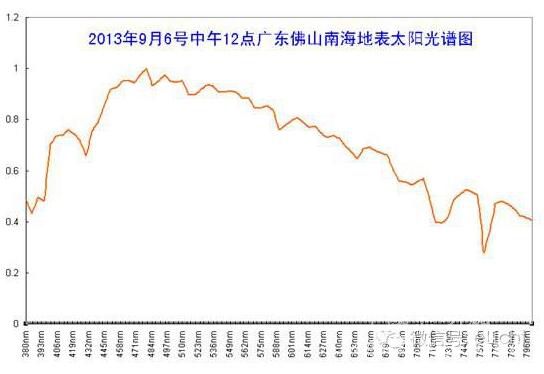
The ratio of red, green and blue radiation in the spectrum of 400-700 nm is: red light accounts for 28.7%, green light accounts for 36.58%, and blue light accounts for 35.43%.
It can be seen that the geographical location is different, the red, green and blue components in the spectrum are different, which has a great influence on the design of solar-type and hybrid plant factories.
Accurate analysis of the local solar spectrum can provide a scientific photosynthetic reference for the planting process of solar and hybrid plant factories, which can correctly provide the basis for the replacement of the fill lamp, for the solar plant factory, accurate spectrum Analysis is more conducive to SPA2.
It should be noted that the spectrum of the solar spectrum is different from that of the artificial light source. The solar spectrum is suitable for the description of the radiation dimension, and the artificial light source is suitable for the description of the quantum dimension. For this problem, there is a special article to introduce, please look forward to.
Spectrum and limit parameters of LED light source
The spectrum of the LED plant lamp is mainly discussed because the spectrum of the LED light source can be designed according to the planting process requirements. At the same time, the spectrum of the LED light source can realize the control of the variable spectrum through the dimming technology, and the LED light source is currently the only one that can be realized. The variable spectrum of plant light source, the plant light variable spectrum technology is mainly for light form control, and has little effect on energy saving. The ordinary plant lamp can also save energy through the adjustment of the photoperiod, and the application cost of the variable spectrum will be much improved.
1) According to the spectral shape of the LED, the highest PPF can be estimated.
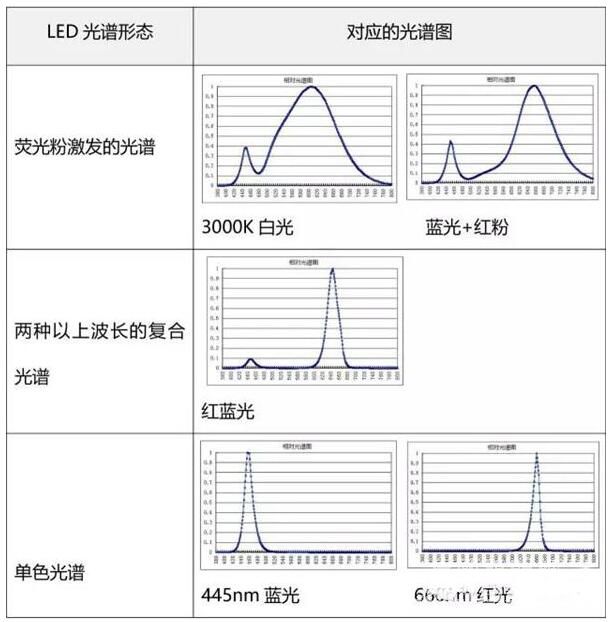
After the spectral shape of the plant lamp is determined, the highest YPF or PPF corresponding to this spectral form can be calculated, which is very important for evaluating the application of LED plant lights, and is also the main method for comparing the performance of LED plant lights with other types of plant lights. Please refer to the table we made:

The current LED package technology offers the highest radiation efficiency of less than 40% in volume:
Light source radiation efficiency = (radiation power / electric power) × 100%
2) The spectral design of the LED plant lamp reflects the manufacturer's quality ability
The spectral design of the LED plant lamp is the equipment support capability required for the planting process. It is related to the market competitiveness of the plant lamp manufacturer. It is the main feature to measure the technology and process of the manufacturer. The spectral design of the plant lamp reflects the manufacturer's LED chip. With the choice of packaging, plant lamp spectral analysis and calculation capabilities, luminaire design, light quantum field uniformity control, drive technology, heat dissipation technology, product reliability control, installation structure design, etc., marking the manufacturer The technical strength of the products in the market, the application of the above aspects to evaluate plant lamp products can reduce investment risks and procurement risks.
Editor: Yingzi
Shaded Pole Ac Motor,Ac Shaded Pole Motors,Shaded Pole Motor,Shaded Pole Induction Motor
Changzhou Sherry International Trading Co., Ltd. , https://www.sherry-motor.com
